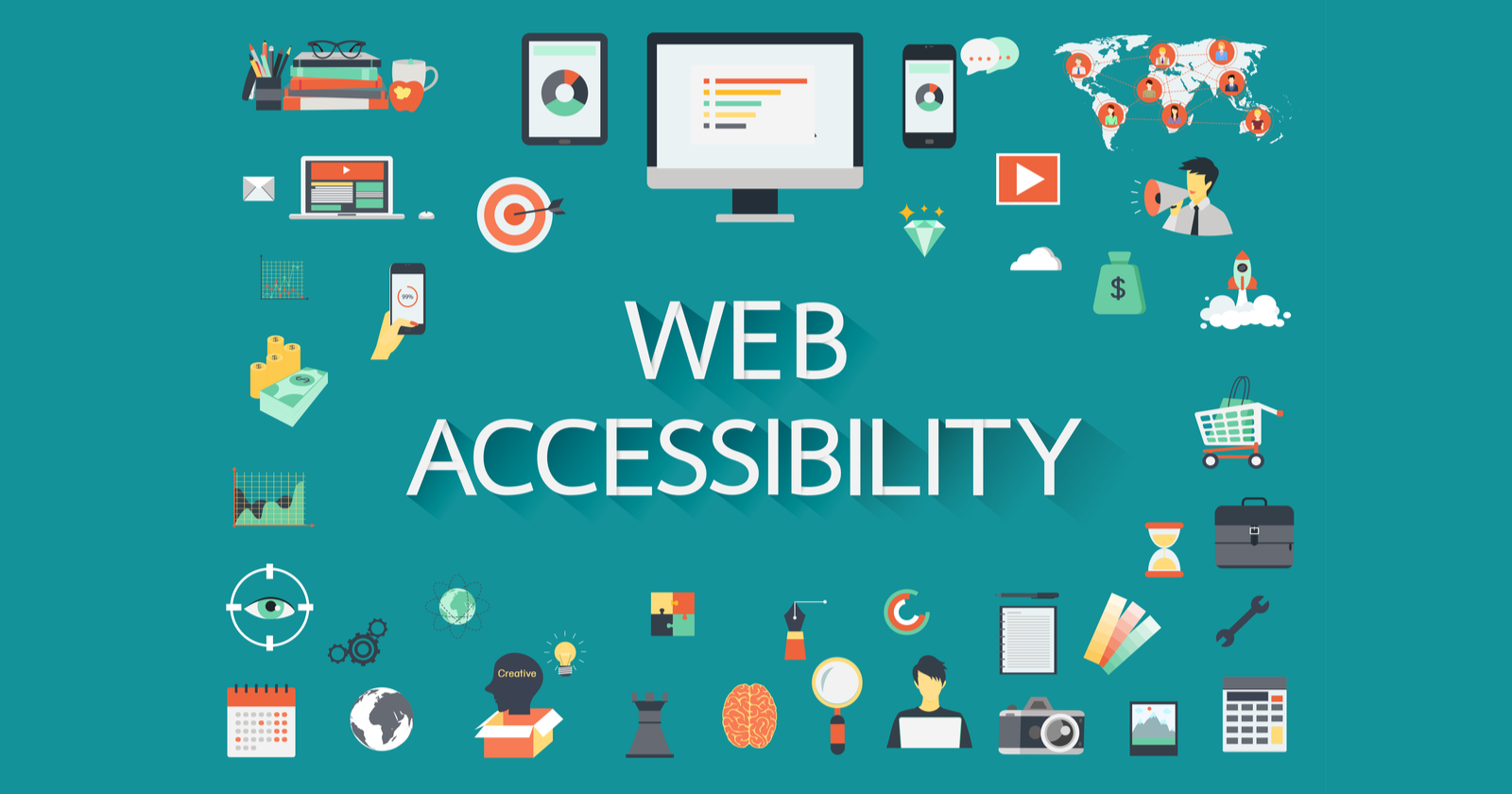justineanweiler – Social media has transformed the way we communicate, share information, and connect with others. From its humble beginnings in the early 2000s to the multi-faceted landscape we see today, the evolution of social media platforms reflects changes in technology, user behavior, and societal trends. This article explores the key milestones in the development of social media, highlighting the platforms that have shaped its trajectory.
The Early Days: From Social Networks to Communities
The concept of social media began taking shape with early platforms like Friendster (2002) and MySpace (2003). These sites allowed users to create personal profiles, connect with friends, and share content. Friendster aimed to facilitate online friendships, while MySpace expanded on this with customizable profiles and music sharing, appealing particularly to younger audiences.
The Rise of Facebook
In 2004, Facebook was launched, initially targeting college students. Its user-friendly interface and emphasis on real identities quickly set it apart from its predecessors. By allowing users to share status updates, photos, and connect with a broader audience, Facebook revolutionized social networking. It eventually opened its doors to the general public in 2006, leading to explosive growth.
The Emergence of Microblogging
Around the same time, Twitter (2006) introduced a new format with its character limit and real-time updates. This microblogging platform focused on brevity and immediacy, making it a powerful tool for breaking news and public discourse. Twitter’s hashtag feature became a critical tool for organizing conversations and trends.
Visual Content Takes Center Stage
As user preferences shifted, visual platforms began to emerge. Instagram (2010) capitalized on the growing popularity of photo sharing, providing users with filters and a simple interface to showcase their lives visually. This focus on aesthetics attracted influencers and brands, leading to the rise of social media marketing.
The Video Revolution
With the increasing importance of video content, YouTube (founded in 2005) became a dominant player in the social media landscape. However, it wasn’t until the arrival of TikTok in 2016 that short-form video content exploded in popularity. TikTok’s algorithm and ease of use revolutionized content creation, enabling anyone to go viral with creative and engaging videos.
The Impact of Algorithms and Monetization
As platforms matured, algorithms became central to the user experience. Facebook’s algorithm, for example, determines what content appears in users’ feeds, impacting visibility and engagement for individuals and businesses alike. This shift emphasized the importance of content strategy, leading to a focus on engaging visuals, storytelling, and targeted advertising.
The monetization of social media also changed the landscape. Influencer marketing emerged as brands recognized the value of authentic connections with audiences. Platforms introduced tools for businesses, such as Facebook Ads and Instagram Shopping, further integrating commerce into the social experience.
Privacy Concerns and Regulation
The evolution of social media has not been without challenges. High-profile data breaches and controversies, such as the Cambridge Analytica scandal, raised concerns about privacy and data security. As a result, calls for regulation have increased, prompting discussions about user rights, content moderation, and platform accountability.
The Future of Social Media
Looking ahead, the future of social media is likely to be shaped by several trends:
- Decentralization: With concerns about central control, decentralized platforms could gain traction, allowing users more control over their data and experiences.
- Augmented Reality (AR) and Virtual Reality (VR): As technology advances, AR and VR could create immersive social experiences, changing the way we interact online.
- Niche Platforms: While giants like Facebook and Instagram dominate, there’s a growing interest in niche platforms that cater to specific interests or communities, promoting more authentic interactions.
- Mental Health Awareness: As the impacts of social media on mental health are increasingly recognized, platforms may adopt features that promote healthier usage patterns.
Conclusion
The evolution of social media platforms reflects the dynamic interplay between technology, culture, and user preferences. From early networks to the diverse landscape we see today, social media continues to shape our communication and interaction in profound ways. As we move forward, it will be essential to navigate the opportunities and challenges that arise in this ever-evolving digital landscape.





